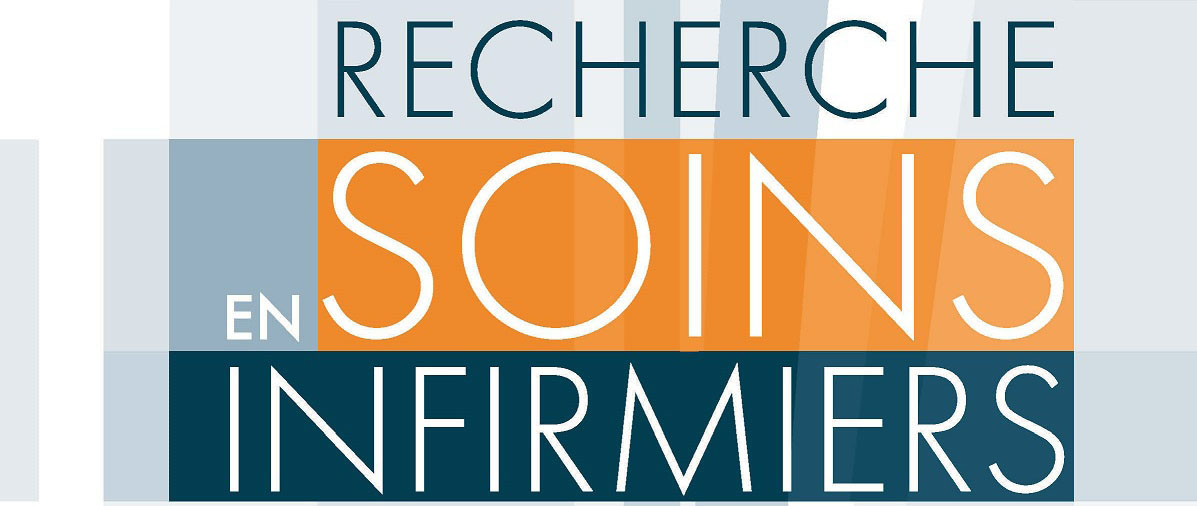Evaluating a new information tool in an emergency department
Aims: emergency departments are unique and complex entities that must be understood by the public. Objectives: to increase, by setting up screens, the amount of information received by patients during their time spent waiting for medical care. Method: a prospective, evaluative, monocentric study, carried out before and after the implementation of information screens. Using a questionnaire, patients were asked about their legal rights, their general knowledge about the hospital, and the organization of the emergency department. The primary endpoint was the quality of the information received by the patient from their time of arrival until they received medical care. Distributions of the responses were compared between groups using the Wilcoxon and Fisher tests. All tests were performed bilaterally at an alpha risk of 5%. Results: 267 questionnaires were collected; 128 in the first period and 139 in the second one. The main endpoint was statistically significant (p = 0,049). Knowledge of the type of hosted population (40% vs 23%), the notion of property of the medical record (83% vs 53%), and the identification of staff (46% vs 18%) was significantly increased by watching the screens. Conclusion: this study showed that the screens had a positive impact on the information received by the patients and accompanying persons.
